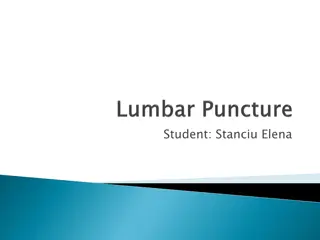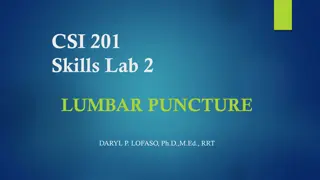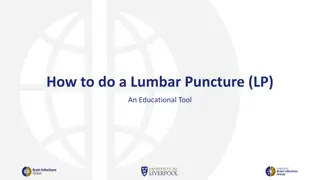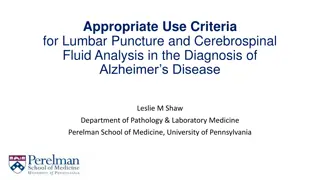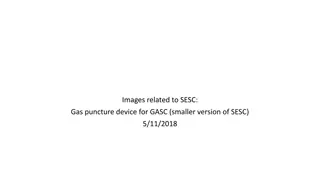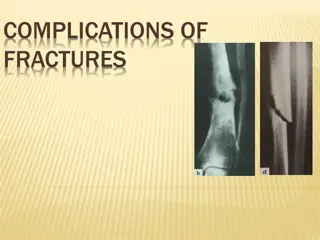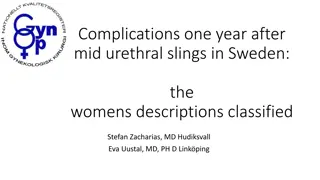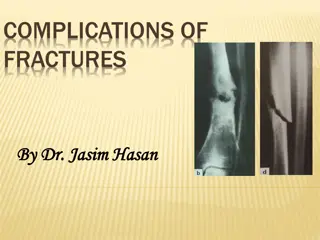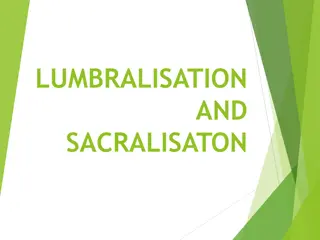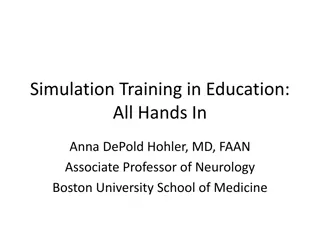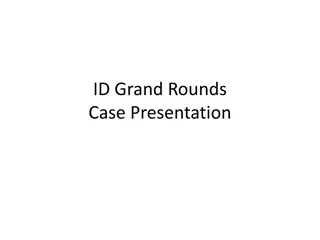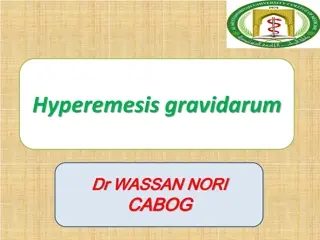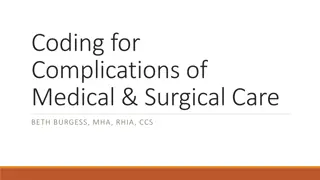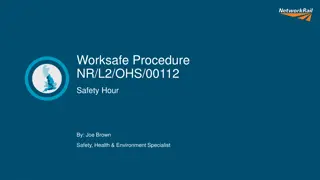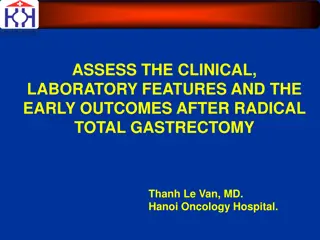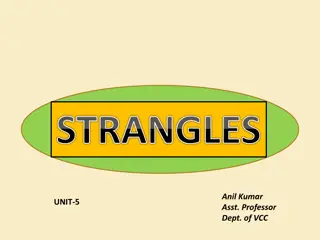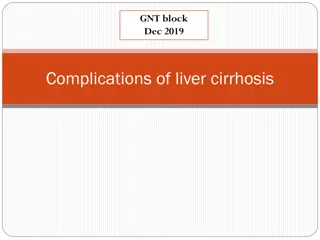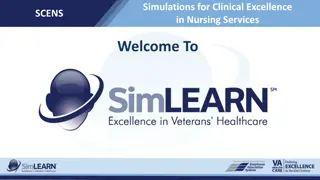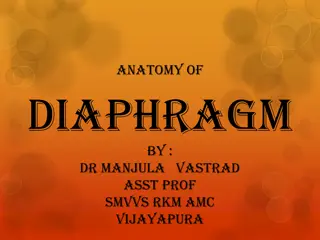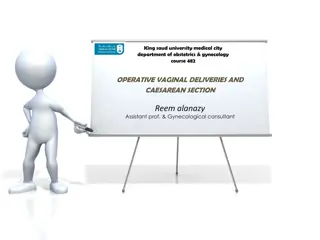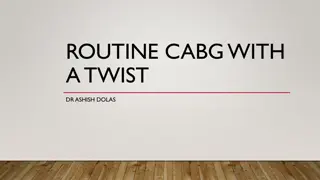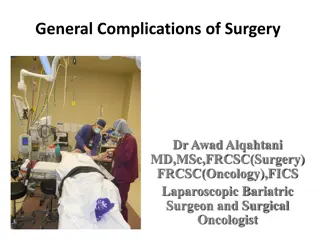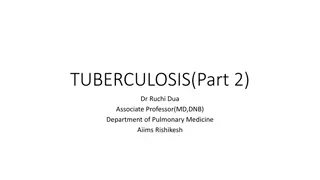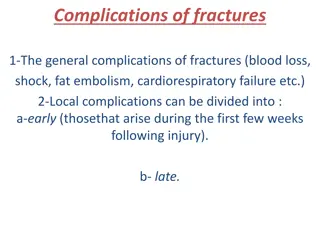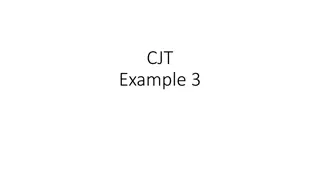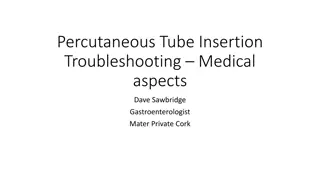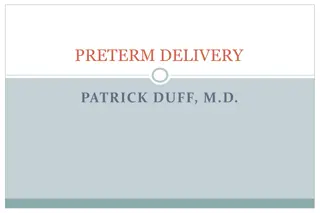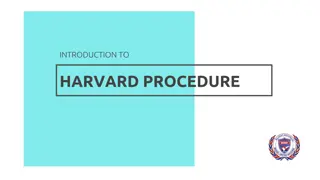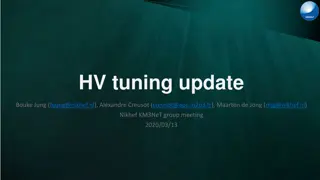Lumbar Puncture: Procedure, Complications, and Clinical Applications
Lumbar puncture, also known as LP, is an invasive procedure used to obtain cerebrospinal fluid (CSF) for diagnostic and therapeutic purposes. This procedure has a long history dating back to ancient times, with modern techniques developed in the late 19th century by Heinrich Quincke. LP is crucial for diagnosing infections like meningitis, demyelinating diseases such as multiple sclerosis, high intracranial pressure, and bleeding in the brain. However, it also comes with potential complications such as headaches, hematoma, cerebral herniation, and infections. Understanding the procedure, its contraindications, and the potential applications is essential for healthcare professionals.
Uploaded on Sep 11, 2024 | 2 Views
Download Presentation

Please find below an Image/Link to download the presentation.
The content on the website is provided AS IS for your information and personal use only. It may not be sold, licensed, or shared on other websites without obtaining consent from the author. Download presentation by click this link. If you encounter any issues during the download, it is possible that the publisher has removed the file from their server.
E N D
Presentation Transcript
Lumbar Puncture E.Fakharian, M.D Assistant Professor of Neurosurgery Kashan University of Medical Sciences <fakharian_e@kaums.ac.ir>
Lumbar Puncture LP is an invasive procedure for obtaining CSF. LP is an invasive procedure for obtaining CSF. First reports of CSF is in Edwin First reports of CSF is in Edwin- -Smith Surgical Papyrus written 3700 yrs ago. Papyrus written 3700 yrs ago. Hippocrates reported CSF presence in brain cavities, Hippocrates reported CSF presence in brain cavities, 4 centuries B.C. 4 centuries B.C. Galen described ventricular cavities 2 centuries A.C. Galen described ventricular cavities 2 centuries A.C. In 1891 Heinrich Quincke, of Kiel, Germany, In 1891 Heinrich Quincke, of Kiel, Germany, introduced this procedure as we know it today. His introduced this procedure as we know it today. His original intent was to help babies suffering from original intent was to help babies suffering from hydrocephalus by draining away excess fluid, but hydrocephalus by draining away excess fluid, but from the outset he was also interested in lumbar from the outset he was also interested in lumbar puncture's use as a diagnostic tool, & examined CSF puncture's use as a diagnostic tool, & examined CSF for its pressure, sugar, protein, & cell count. for its pressure, sugar, protein, & cell count. Widal introduced CSF cytological studies in 1901. Widal introduced CSF cytological studies in 1901. Smith Surgical
Lumbar Puncture LP for Dx Infections, e.g. meningitis. Demyelinating diseases, e.g., M.S. High ICP, e.g., pseudotumor cerebri. Bleeding, e.g., SAH. Introducing contrast agent for Dx, e.g., DH, . LP for RX Infections, e.g. meningitis. High ICP, e.g., pseudotumor cerebri. Malignancies, e.g., leukemia. Anesthesia Others, e.g., CSF leakage.
Lumbar Puncture Complications Low pressure H/A. Hematoma. Cerebral herniation. Infections. Neural injury. LBP. Contraindications Infection or wound at the site of LP Bleeding tendency. Intracranial or intraspinal mass lesions.
Lumbar Puncture Procedure: Sitting Lying down L2/L3 level downwards Needle between 2 spinal processes 30* cephalad direction Beveled tip direction depends to the aim of LP
Lumbar Puncture Quinke needles Sprotte needle Touhy needle


